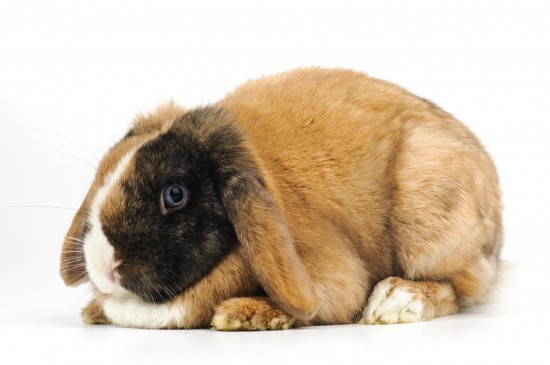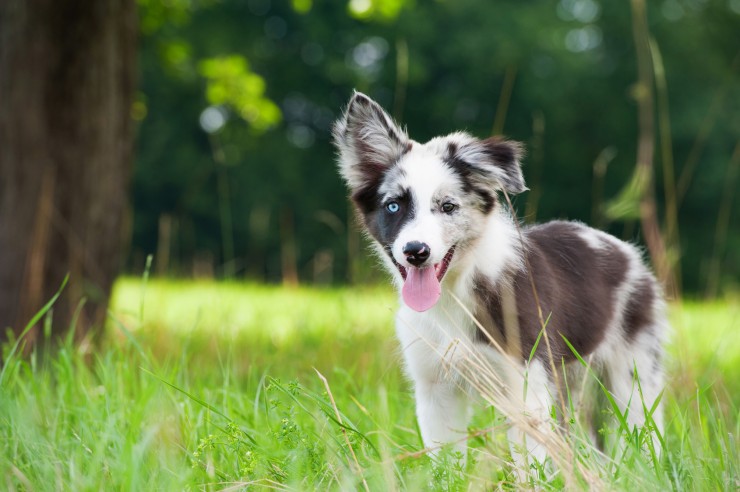
Far away in Tibet, a country with a recorded history going back
almost 1,500 years is where our Shih Tzu began. The country was
noted for its devotion to Buddhism.
Some of the tallest mountains in the world edge the country of
Tibet. Winters in Tibet are severe with temperatures to 14
degrees F in December. The winds in Tibet are strong and biting
with hard frosts. Snowfall is light. In the summer, daylight
temperatures reach a maximum of 75 degrees F with a sharp drop
in temperature at night. Throughout most of the year there is
sunshine and the air is dry and pure.
The people of this remote and rather mysterious land of Tibet
were like so many other cultures in our world. They kept dogs in
a domestic environment. There were large dogs used for guarding
and small, shaggy dogs used as companions and as watch-dogs to
alert the larger dogs. These small dogs were the ancestors of
our Shih Tzu. The history of the Shih Tzu, however, is steeped
in myth and legends, which makes it difficult to sort the true
facts of our Shih Tzu.
One tale in particular, which I find interesting, is that of the
small Lion Dogs were trained to turn the prayer wheels as part
of the daily ritual in the monasteries. There was a belief that
those monks whose life had been less than exemplary, would in
accordance with the Buddhist theory of reincarnation, be reborn
as one of the temple dogs.
Buddhism in Tibet recognized a large number of divine beings.
Each being symbolized an aspect of life. One was Buddha
Manjusri, the God of Learning. The God of Learning was said to
travel with a small Lion Dog (ancestor to our Shih Tzu) that
could turn into a full-sized lion and carry him vast distances
on his back.
Oddly enough, there were no actual lions in Tibet, only artistic
works of the animal, which were often somewhat fantastical. We
cannot be sure whether the Lion Dogs were bred to resemble the
drawings and statues of the symbolic lions or if the artists
created their ‘lions’ in the likeness of the little dogs
(ancestors to our Shih Tzu).
The snow lion was called Gang Seng and was considered to be so
powerful that he could cause seven dragons to fall out of the
sky with one roar. The symbolic lion was believed to have the
ability to walk in the clouds. He could also speak with the
voice of truth and fearlessness.
Tibet was a difficult place to get to. China was a neighbor to
Tibet. Gifts from Tibet to China were sent as tribute to the
Chinese emperors, among which were Tibetan Lion Dogs (ancestor
to our Shih Tzu).
These little dogs traveled with the caravans on long journeys
from one country to the other. A small army of eunuchs took care
of the little dogs. The little Tibetan Lion Dogs (ancestors to
our Shih Tzu) adapted well as they have continued to do wherever
they have gone to live through the centuries.
In China, everything must have been very different from Tibet.
The summers in Peking were warm and humid with a lot of rain.
The winters were very cold, somewhat like Tibet, with
temperatures as low as 0 degrees F in January. It is recorded
that the little Tibetan Lion Dogs settled in and became great
favorites of the Manchu emperors.
Most likely they were interbred with the short-faced Chinese
breeds – the Chinese Pug and the Pekinese, which is probably
what gives the Shih Tzu the characteristics that differentiate
them from the Tibetan Lion Dogs that later became the Lhasa
Apsos.
 Is Your Rabbit Overweight Or Maybe Obese?
Is Your Rabbit Ov
Is Your Rabbit Overweight Or Maybe Obese?
Is Your Rabbit Ov
 Tips To Help Dogs & Cats Lose Weight Safely & Effectively
Tips To Help Dogs
Tips To Help Dogs & Cats Lose Weight Safely & Effectively
Tips To Help Dogs
 What You May Have To Give Up If You Want To Own A Dog!
What You May Have
What You May Have To Give Up If You Want To Own A Dog!
What You May Have
 Tips To Help You Housebreak Your Puppy
Are you looking for advice on how to housebreak your pu
Tips To Help You Housebreak Your Puppy
Are you looking for advice on how to housebreak your pu
 The Many Benefits Of Taking Your Dog For A Good Long Walk
The Many Benefits
The Many Benefits Of Taking Your Dog For A Good Long Walk
The Many Benefits
Copyright © 2005-2016 Pet Information All Rights Reserved
Contact us: www162date@outlook.com